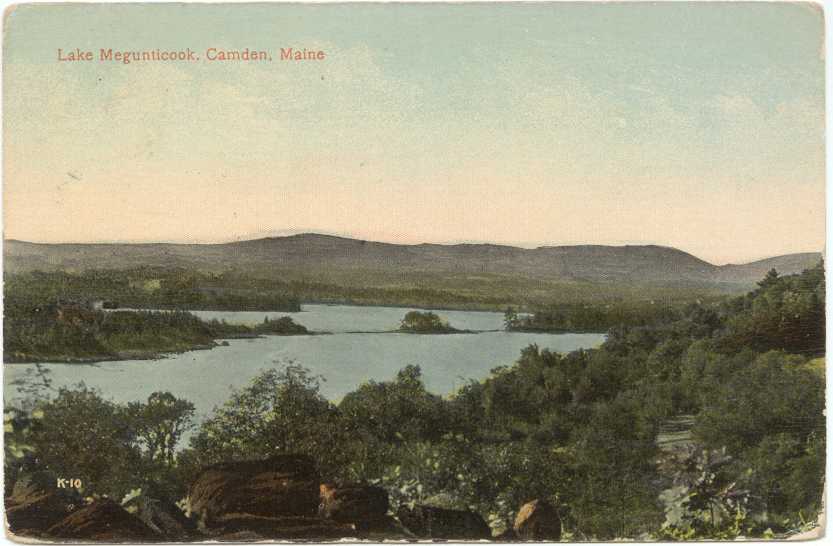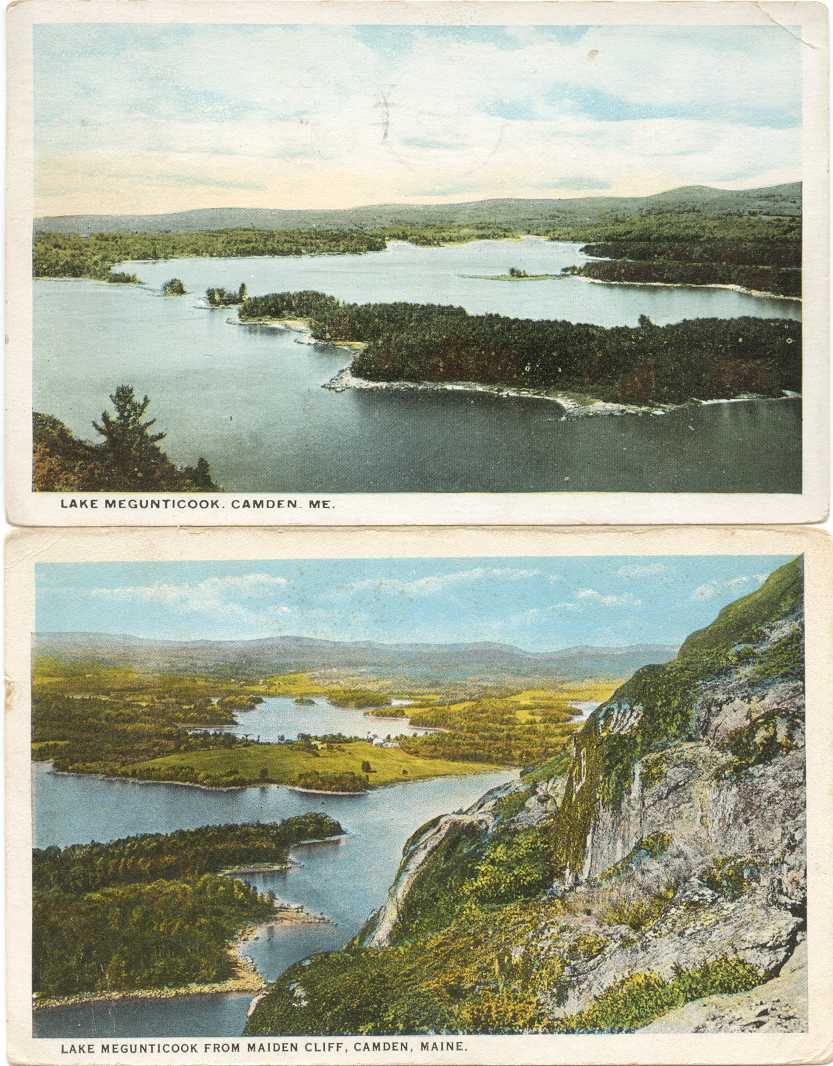History/ES 247 Reading Guide
Overview: The Land of Norumbega: Doing Maine History
- Alan Taylor, “Center and Peripheries: Locating Maine’s History,” Maine History 39:1 (Spring 2000): 3-16. (e-reserve) temporary pdf link
- John F. Battick, et al., Research Note: “Opportunities in Maine History: A Panel,” Maine Historical Society Quarterly 24.4 (1985), 392-415. (e-reserve) temporary pdf link
- Edwin H. Churchill, “Evolution of Maine Place Names,” Maine Historical Society Quarterly 29.2 (1989), 66-90. (e-reserve) temporary pdf link
Further reading:
- Susan Danforth, The Land of Norumbega: Maine in the Age of Exploration and Settlement (Maine Humanities Council, 1988).
- Sasha Mullally, “Seeing Beyond the Frontier: Maine Borders, the Borderlands, and American History,” Maine History 47.1 (2013), 5-9.
Guidelines:
Alan Taylor is both a terrific story-teller and a Pulitzer Prize winning historian.
- How does he present his account of George Ulmer’s efforts to carry out his commission as Colonel in command of volunteer troops at Eastport? How did Ulmer first envision his task in 1812, and how did his perspective and assessment change by 1813?
- What analysis of the historical event and circumstances does Taylor offer?
- According to Taylor, what lessons for Maine historians does this account hold?
The various reports from a New England Historical Association panel on sources and research opportunities in Maine History (John F. Battick, et al.) emphasize the wealth of sources in and around Maine (many of which are untapped), suggest some avenues in the wide range of research topics and questions that might be explored, and they argue that the study of Maine history has implications beyond the borders of this northeasternmost state. As you read these reports, begin to think about topics and questions that you might like to pursue in your research papers.
- Which kinds of studies most intrigued you—in their subject matter, the sources used, and the questions asked?
- Were you more skeptical of some proposals, or the use of some sources? Why?
- What subjects did the panel not address?
Edwin Churchill examines the distribution of Native American, English and French place names in Maine and proposes a series of general place-name patterns.
- According to Churchill, what do these patterns suggest about the geographical and cultural evolution/history of Maine settlements and communities—especially as these shift from Native American to
- Which of his interpretations of the pattern evidence most intrigued you? About which interpretations were you most skeptical?
- Can we develop a more specifically environmental interpretation from the patterns of evidence he presents?
Postcards:
Maine towns on the Canadian-US border:
Native American place names:

Lake Megunticook, Camden, Maine (c. 1910)
- Am planning to return to Portland Mon. so will be in the office Tuesday morning, if nothing happens. M.C.

Lake Megunticook. Camden. Me. (c. 1920)
- Seeing the country all about here and enjoying it. May come home after the “Fourth.” How is “Fat.” Fred
Lake Megunticook from Maiden Cliff, Camden, Maine. (c. 1924)
- In a store in this town today must go back to the ship in an hour Gilbert
